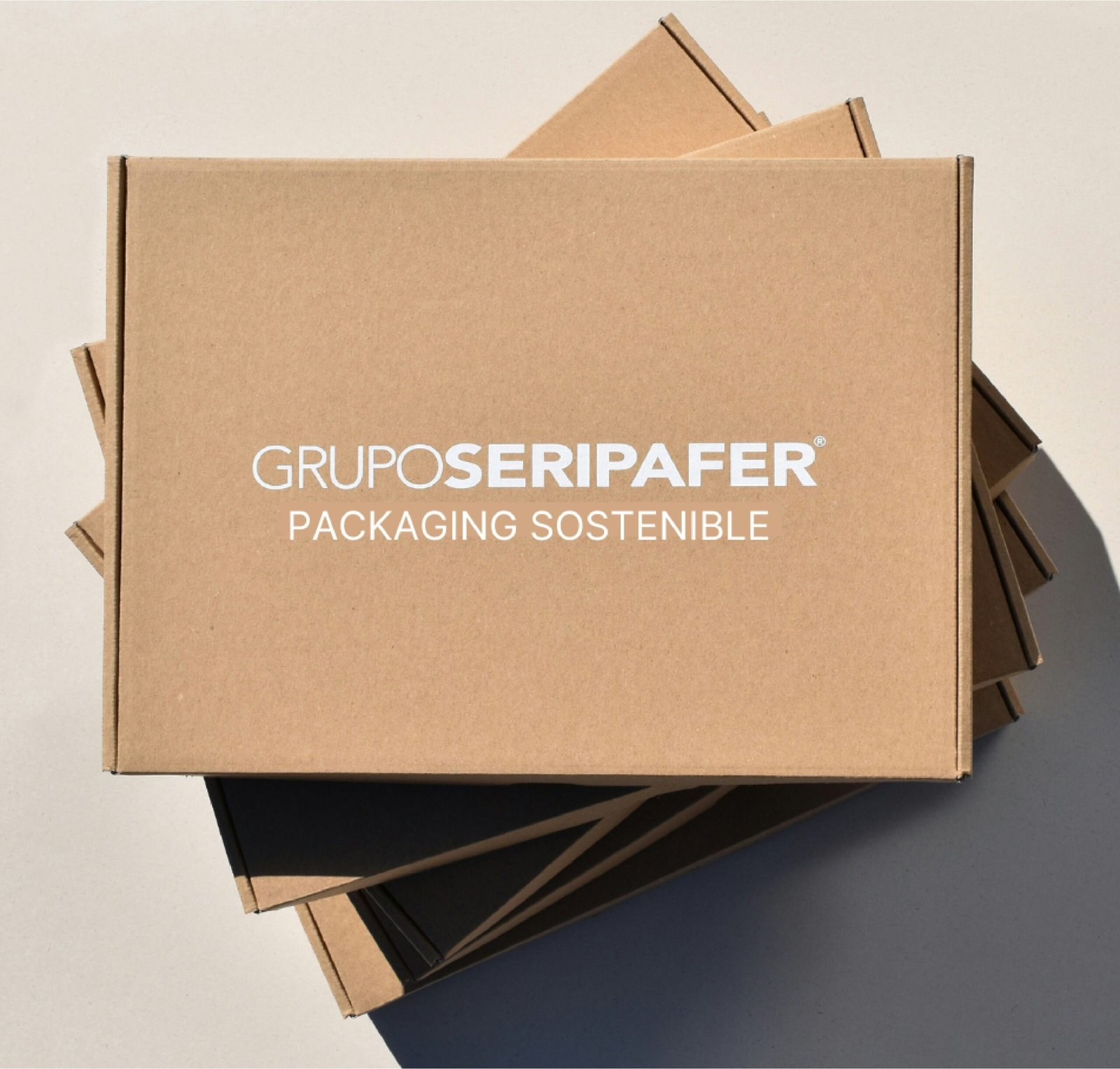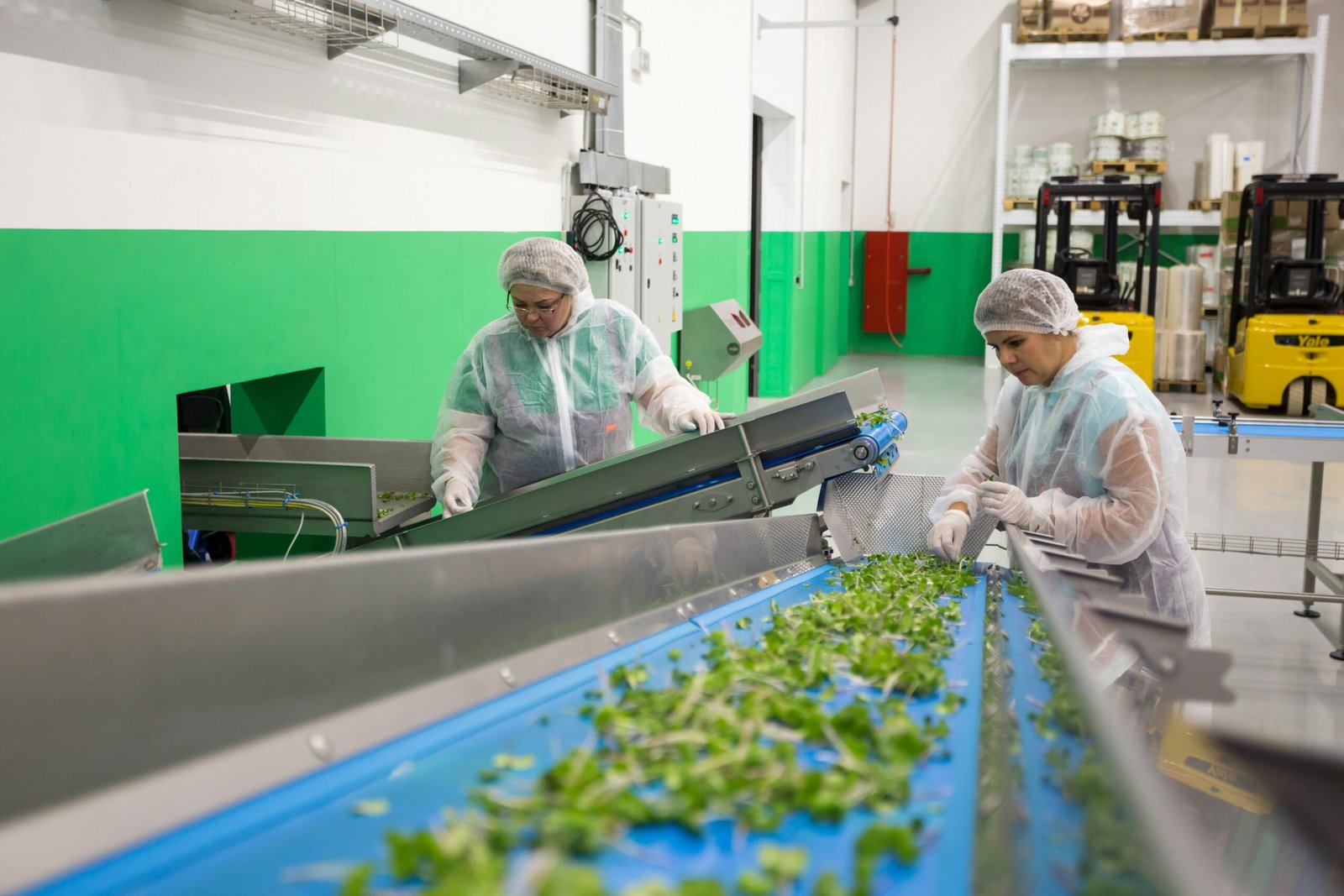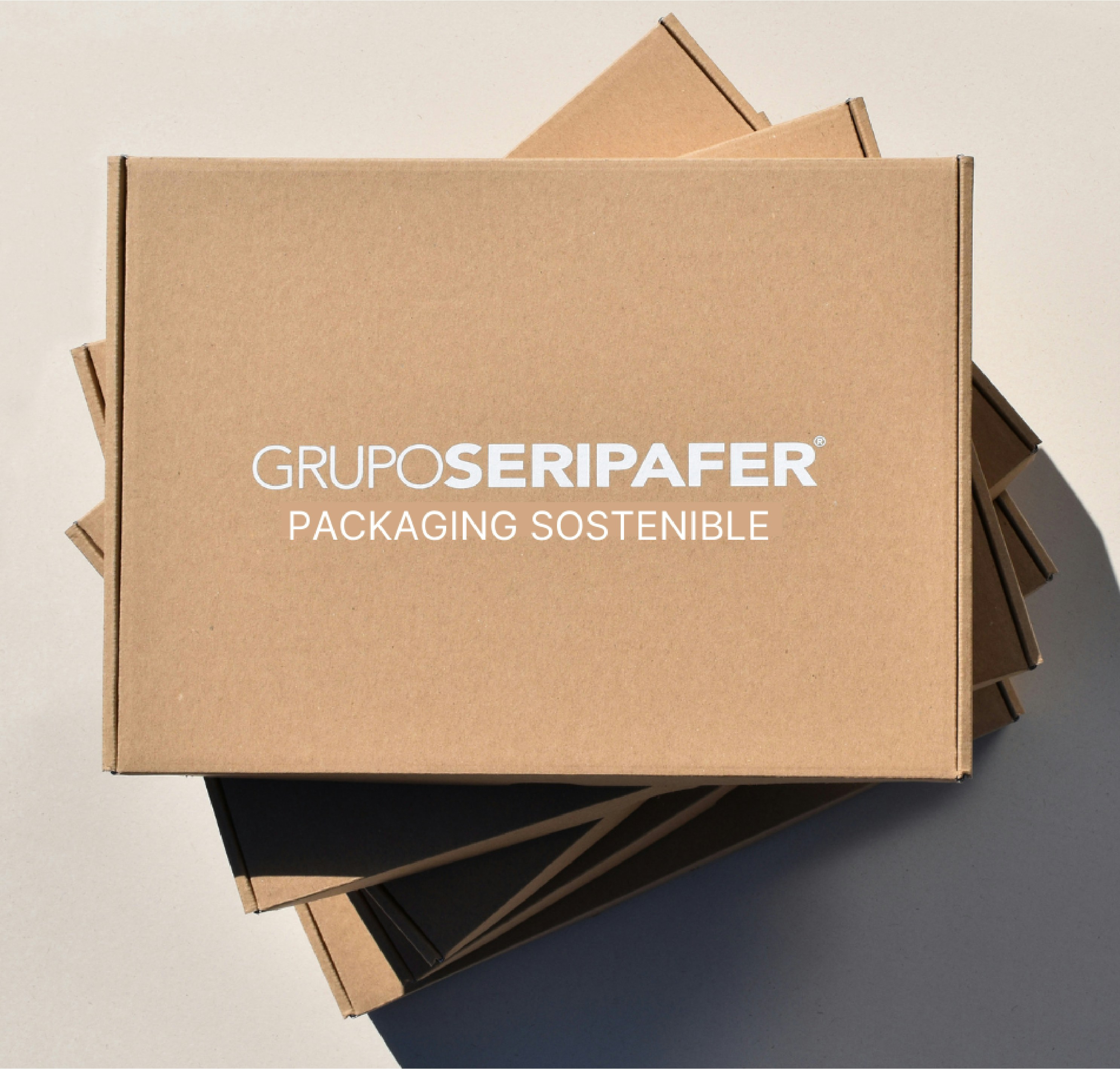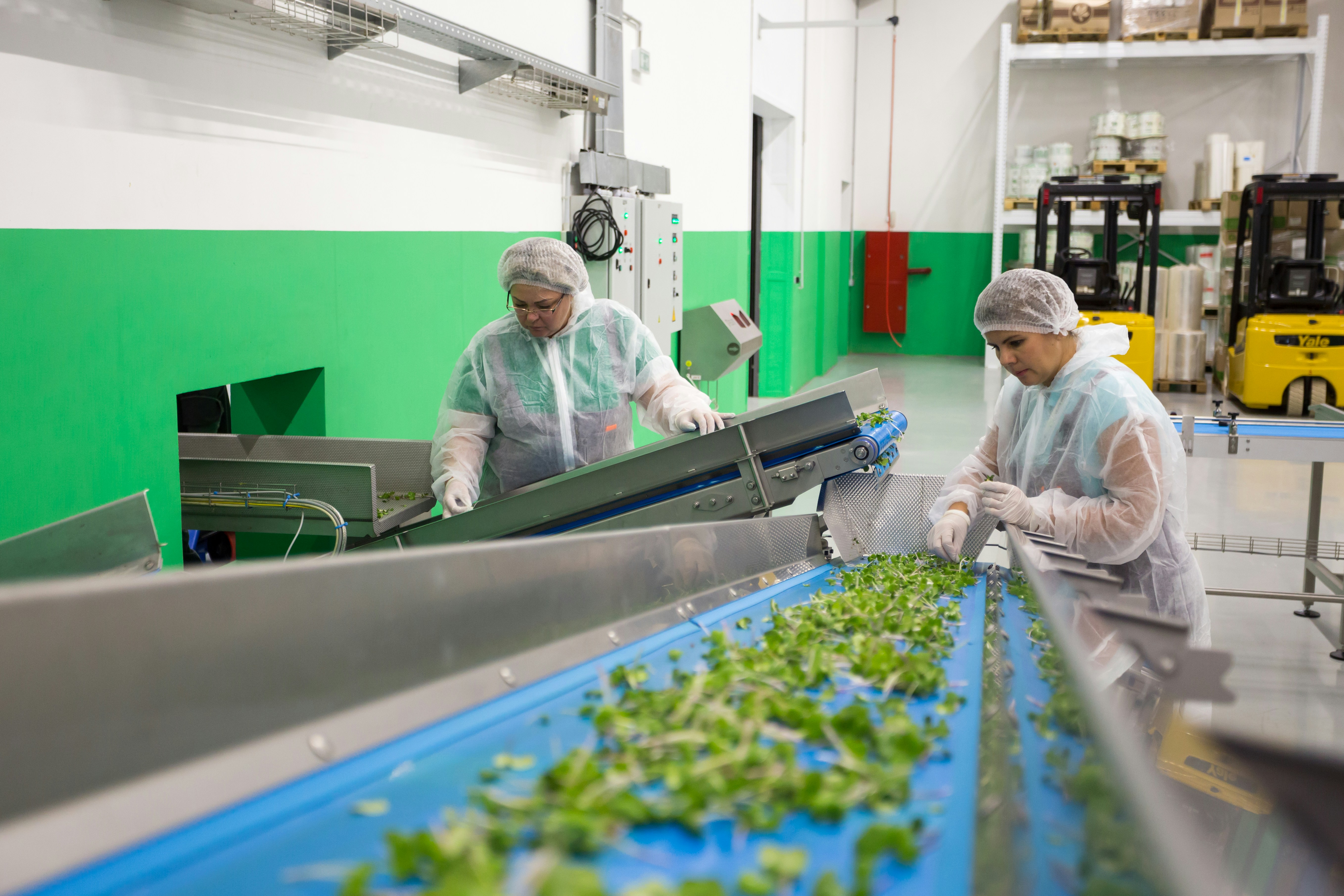Understanding Sustainable Packaging
Sustainable packaging refers to the development and use of packaging solutions that have a minimal environmental impact throughout their lifecycle. Key attributes of sustainable packaging include being environmentally friendly, recyclable, biodegradable, and derived from renewable resources. These characteristics make it a crucial component in the movement towards reducing waste and pollution in various industries, particularly food processing.
Unlike traditional packaging methods, which often rely on non-renewable materials and contribute significantly to landfill waste, sustainable packaging aims to mitigate these issues. It encompasses a wide array of materials, such as biodegradable plastics, recycled paper products, and plant-based alternatives that do not deplete natural resources. Furthermore, it is designed to limit the carbon footprint associated with packaging production, distribution, and disposal, thereby contributing to a healthier ecosystem.
The significance of sustainable packaging is increasingly underscored by the growing consumer demand for eco-friendly options. Consumers are becoming more aware of the environmental impacts associated with packaging, leading to a shift in preferences towards brands that prioritize sustainability. This trend is not only a reflection of individual consumer choices but also a collective movement demanding responsibility from companies. As a result, food processing companies are now more inclined to invest in sustainable practices, aligning their operations with the expectations of environmentally conscious consumers.
By adopting sustainable packaging solutions, food processors can effectively address global challenges such as plastic pollution and resource depletion. This not only enhances their brand reputation but also contributes to a greener future. As businesses increasingly recognize the importance of sustainability, it is clear that the shift towards eco-friendly packaging is no longer just a choice, but a necessity in the quest for a sustainable economy.
Innovative Materials in Sustainable Food Packaging
The food processing industry is undergoing a significant transformation, driven by the urgent need to embrace sustainable practices. One of the most exciting developments in this realm is the adoption of innovative materials for food packaging. Among these, plant-based plastics have garnered considerable attention due to their renewable origins and potential to reduce reliance on fossil fuels. Materials derived from cornstarch, sugarcane, and other bio-based sources are being employed to create packaging solutions that not only minimize environmental impact but also offer comparable performance to traditional plastics.
In addition to plant-based options, compostable films are emerging as a viable alternative. These materials are designed to break down naturally under composting conditions, thereby alleviating the burden of plastic waste. They support the circular economy model by returning nutrients to the soil, contributing to sustainability in food packaging. Such advancements are particularly valuable in applications where packaging waste is generated in significant volume, such as takeout containers and food wraps.
Furthermore, older materials like glass and metal are being re-evaluated for their sustainability credentials. Both glass and metal possess excellent barrier properties and high recyclability rates, which make them suitable candidates for food packaging in a more sustainable future. Recent innovations are enhancing their lightweight designs and reducing production energy costs, making them increasingly viable alternatives to conventional materials.
Moreover, advancements in material science have paved the way for groundbreaking solutions such as edible packaging and materials derived from agricultural waste. These developments highlight an exciting niche within sustainable packaging, where the packaging itself can be consumed, thereby eliminating waste altogether. While the integration of these innovative materials offers a plethora of benefits, including reducing environmental footprints and improving product shelf life, challenges such as cost, scalability, and consumer acceptance remain important considerations for industry stakeholders.
The Impact of Sustainable Packaging on Food Processing Operations
Sustainable packaging has emerged as a pivotal aspect of modern food processing operations, significantly influencing various stages such as production, distribution, and waste management. By prioritizing eco-friendly materials and innovative designs, organizations can reduce their environmental footprint while enhancing operational efficiency. The initial investment in sustainable packaging solutions may seem daunting for some companies; however, the long-term operational savings often outweigh these initial costs. For instance, utilizing biodegradable packaging materials may require a higher upfront expenditure, yet they can lead to substantial reductions in disposal costs and regulatory fees associated with waste management.
Moreover, sustainable packaging plays a crucial role in preserving food quality and extending shelf life. The implementation of modified atmosphere packaging (MAP) techniques, which utilize breathable films and vacuum-sealing technologies, can significantly decrease spoilage and waste. This preservation effect not only benefits consumers by providing fresher products but also aids manufacturers in maintaining inventory control and reducing overall product losses. As a result, the integration of sustainable practices can directly contribute to enhanced profitability.
To effectively incorporate sustainable packaging into their supply chains, food processing companies must adopt a strategic approach. This can include conducting thorough assessments of existing packaging materials and processes, followed by pilot programs that test new sustainable options. Collaboration with suppliers and stakeholders is essential for successful implementation, as these partnerships can facilitate knowledge sharing and resource optimization. Numerous case studies within the food processing sector demonstrate successful transitions to sustainable packaging, showcasing best practices and encouraging other companies to make similar commitments. For example, some organizations have shifted from traditional plastic packaging to innovative compostable alternatives, significantly reducing their carbon footprint.
Ultimately, the integration of sustainable packaging within food processing operations represents both a challenge and an opportunity, fostering a greener future while maintaining food quality and safety.
Future Trends and Regulations in Sustainable Food Packaging
The food processing industry is on the cusp of significant transformations as it embraces sustainable packaging practices. As consumer awareness of environmental issues continues to rise, there is an increasing demand for packaging solutions that prioritize sustainability. This shift is driving businesses to reassess their materials and processes, aligning them with eco-friendly principles. Emerging trends suggest a movement towards biodegradable, compostable, and recyclable materials, offering a viable alternative to traditional plastic packaging.
In tandem with evolving consumer preferences, regulatory pressures are intensifying globally. Governments are increasingly recognizing the need to reduce plastic waste, implementing policies that limit single-use plastics and incentivizing the use of sustainable packaging options. Legislation aimed at promoting environmentally friendly materials is becoming more common, with countries setting ambitious targets for waste reduction. For the food processing sector, this poses both challenges and opportunities; companies that proactively adapt to these regulations will likely benefit from enhanced reputations and consumer loyalty.
Moreover, the potential for innovation in packaging design and technology is vast. Businesses can leverage advancements in material science to develop packaging solutions that are not only sustainable but also maintain product integrity and safety. For example, the incorporation of smart packaging technologies, such as QR codes and sensors, can enhance the consumer experience by providing information about sustainability practices or product freshness. By adopting these innovations, companies can differentiate themselves in a competitive marketplace while addressing the growing consumer demand for transparency and environmental responsibility.
In conclusion, the trajectory of sustainable packaging in the food processing industry reflects an interconnection between consumer preferences, regulatory demands, and technological advancements. As businesses navigate these changes, the commitment to sustainability not only aids in compliance but also fosters brand loyalty and competitive advantage.










